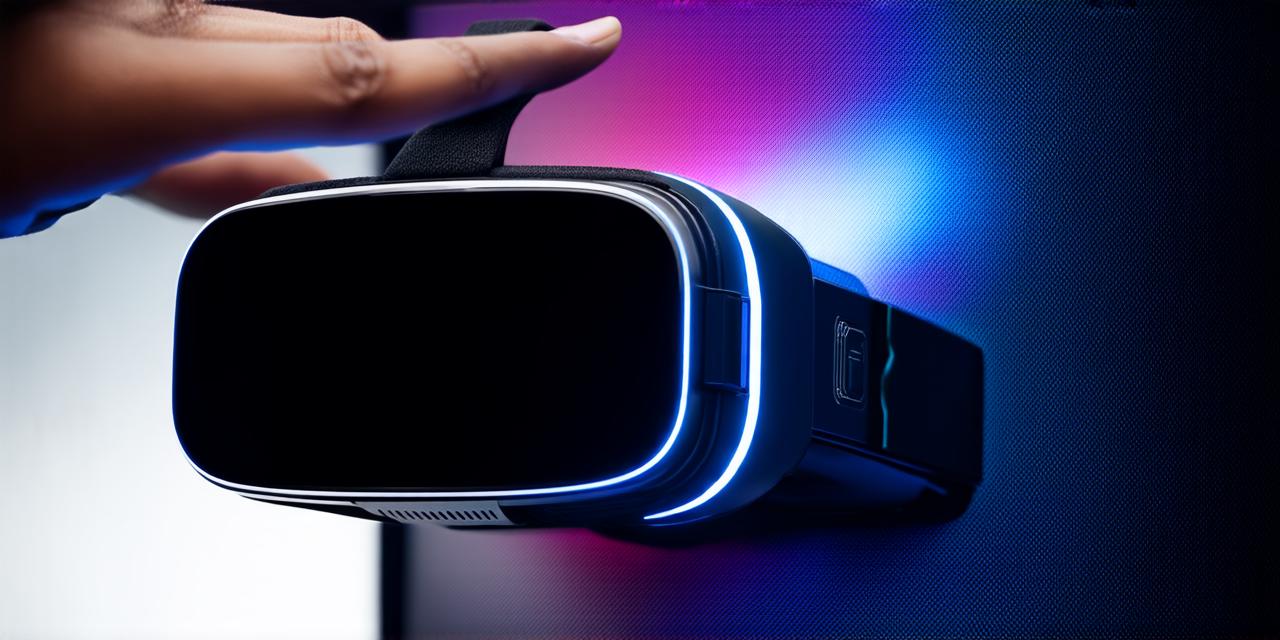Virtual reality (VR) is a rapidly growing technology that allows users to experience immersive digital environments as if they were real. Whether you’re looking to use VR for gaming, education, or business purposes, there are several steps you need to take to properly execute virtual reality. In this guide, we will walk you through the process of setting up and using VR equipment, creating content, and measuring success.
Step 1: Choose Your Equipment
The first step in executing virtual reality is selecting the right equipment. There are several types of VR headsets available on the market, each with its own set of features and capabilities. Some popular options include the Oculus Rift, HTC Vive, and PlayStation VR. Each headset has its own unique hardware requirements, so it’s important to choose one that is compatible with your computer or console.
Step 2: Set Up Your Space
Once you have your equipment, you need to set up a space that will allow you to move freely and interact with virtual objects. VR requires a lot of room to maneuver, so it’s important to choose a space that is large enough to accommodate your equipment and movements. You may also want to consider installing sensors or markers on the floor to help track your movement more accurately.
Step 3: Create Content
The next step in executing virtual reality is creating content. This can include anything from simple 3D models to complex interactive environments. There are several tools available for creating VR content, including Unity, Unreal Engine, and Blender. These tools allow you to create custom experiences that are tailored to your specific needs and goals.
Step 4: Test and Refine Your Content
Once you have created your content, it’s important to test and refine it to ensure that it is working as intended. This may involve making adjustments to the layout or design of your virtual environment, tweaking the interactions between objects, or optimizing the performance of your software. By thoroughly testing your content, you can identify any issues or areas for improvement and make necessary adjustments.
Step 5: Measure Success
Finally, it’s important to measure the success of your virtual reality experience. This can be done by tracking metrics such as user engagement, completion rates, and feedback from users. By analyzing this data, you can identify areas for improvement and make changes to your content or approach to better meet the needs of your users.
In conclusion, executing virtual reality requires careful planning and attention to detail. By selecting the right equipment, setting up a suitable space, creating engaging content, testing and refining that content, and measuring success, you can create an immersive and effective virtual reality experience. With the right tools and techniques, the possibilities for virtual reality are endless, from gaming and entertainment to education and business.




